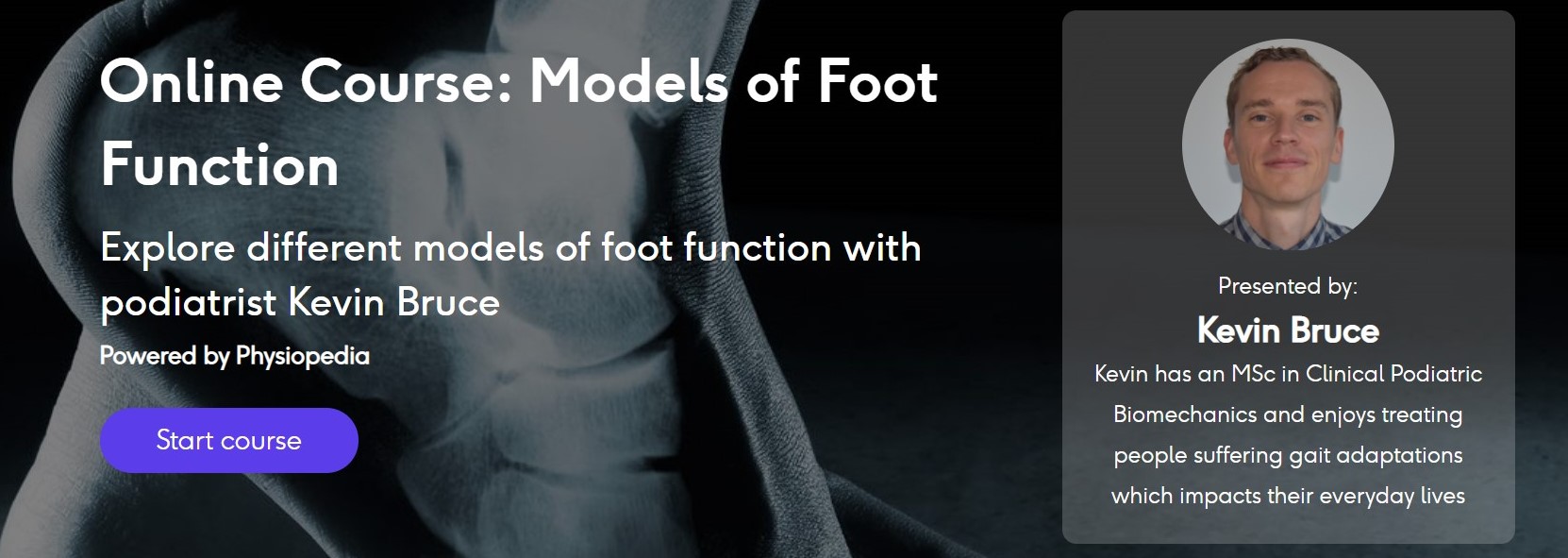Plantar fasciitis is the result of a degenerative irritation of the origin of the plantar fascia on the medial calcaneal tuberosity of the heel and the surrounding perifascial structures.
Plantar fasciitis (PF) is a common and persistent disease of the foot. It has a tendency to affect people between the ages of 40 and 60, but due to its pathogenesis it can occur in most age groups. The exact cause of the condition is unknown, but it is believed that overuse and muscle tension are the main causes of the condition and so this guides our treatment decisions.
There are many options for treating plantar fasciitis, and treatment can generally be divided into three categories. Treatment of:
Control inflammation (e.g. NSAIDS)
Manage pain (e.g. taping)
Promotion of healing (e.g. shock wave)
In this article by Physiospot we will evaluate the effectiveness of stretching on the basis of the latest systematic review.
Update your understanding of foot function
Two main types of stretch in plantar fasciitis, but which stretch is the best?
Stretching is the most commonly used preservative treatment for PF and aims to relieve pain and promote healing by treating one of the causes of tension in the Achilles tendon. Stretching is also not tied to the side effect profile of corticosteroid injections or shock wave therapy, so it offers a safe initial treatment for everyone.
The two most common routes for treating PF are Achilles tendon / calf stretch and plantar fascia-specific stretch. Both the calf muscle and the PF interconnect and work over the ankle with all movements of the foot and ankle. Ultimately, there is conflicting evidence for each route for PF. Let's take a look at a new systematic review published in the Journal of Bodywork & Movement Therapies. This first overview brings together the treatment effects for stretching in PF to determine which stretch or combined stretch is best for your treatment decisions.
Methods
The systematic review was registered with PROSPERO and adhered to the PRISMA statement which means the methods including the full search strategy were well reported. The keywords are shown below, the databases were WoS, PEDro, CINHAL and Scopus, which is beyond what is recommended by Cochrane.
Stretching [All Fields] AND ("Fasziitis, Plantar" [MeSH Terms] OR ("Fasziitis" [All Fields] AND "Plantar" [All Fields]) OR "Plantar fasciitis" [All Fields] OR ("Plantar" [All Fields] AND " Fasziitis "[All Fields])) AND (" randomized controlled study "[Publication Type] OR" randomized controlled trials as topic "[MeSH Terms] OR" randomized controlled study "[All Fields] OR" randomized controlled study "[All Fields]) – Search used Terms
The eligibility criteria are also shown in full along with an appropriate data collection method, and the risk of bias was assessed using the Cochrane Collaboration RoB tool. Refman was used to perform statistical analysis and meta-analysis, and the quality of evidence was assessed using the GRADE approach.
A total of 8 studies were included in the review, of which four were assumed to have a low risk of bias, with the majority of the studies being of moderate or poor quality. Studies similar to those included in the review appear more likely to be of moderate to inferior quality due to the inability of blind participants and the small sample size.
Results and clinical implications
The results of the systematic review show that stretching is an effective conservative treatment strategy for people suffering from PF, especially plantar fascia-specific stretches. Any stretch is best suited for longer term management. Therefore, using shock waves or taping as an adjunct treatment to help those on the short-term alongside stretching is a fair strategy.
The results of the systematic review can be summarized as follows:
Plantar fascia-specific stretching is probably more effective than stretching the calves alone
The combined stretching of the calf and plantar fascia is likely to be more beneficial than a single stretch of the calf or plantar fascia, although the evidence is weak.
Plantar fascia dilation shock wave is better than shock wave alone
The foot and ankle are a difficult part of the body to get right. It is a joint that often feels foreign to a physiotherapist because we tend to focus our training on other lower extremity joints in our lower extremity training. Kevin Bruce is a Podiatrist who has summarized everything you need to know about the models of the foot so that you can apply your biomechanical knowledge to general conditions with some models of foot function. Make sure to check out his course linked below.
